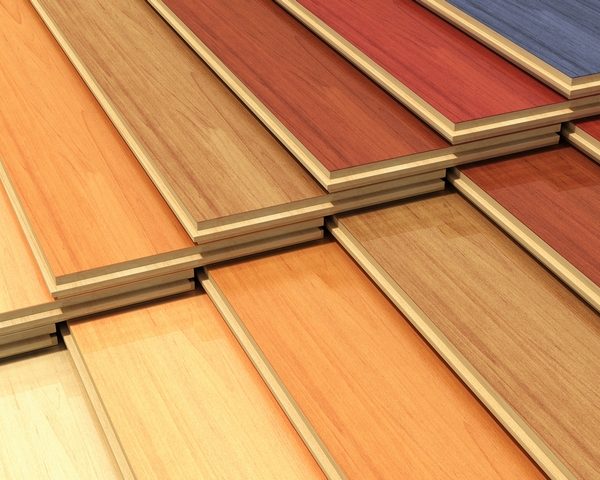
4 Popular Types of Wood Flooring & Finishes
Hardwood floors come in many different variations each with their own pros and cons. Different types of hardwood flooring promote benefits such as durability, style, cleanliness and environmental friendliness.
After selecting the type of floor, you’ll need to choose a finish for your floor. Adding a finish prolongs the aesthetic appeal of your floor for years to come. A quality finish also defends your floor from dirt and moisture.
This blog post looks at the different types of wood flooring and different varieties of finishes to help preserve your floor!
1. Solid Wood Flooring

Solid wood floors are made from an individual piece of wood. Each board is around 18 to 20mm thick and are connected by a tongue and groove that fit together. Solid wood floors are extremely durable and resistant to wear and tear. You can sand and refinish solid wood floors multiple times and retain a luxurious look.
2. Acrylic Impregnated Wood Flooring

This type of flooring infuses wood with sealant and color. The surface finish that you notice on other types of floors is intertwined throughout acrylic impregnated flooring. Acrylic wood flooring is commonly found in commercial buildings such as casinos and office buildings. Acrylic wood flooring is extremely resistant to moisture and scratches which makes it a great option for high traffic areas.
3. Engineered Wood Flooring

Engineered wood flooring is similar to plywood. A veneer of real wood is glued to several layers of wood underneath, which gives engineered wood excellent stability. Because engineered wood flooring is less thick than solid wood flooring, you can only sand and refinish the floor once or twice.
Engineered wood flooring is usually confused with laminate flooring. The key thing to remember is that laminate doesn’t contain any actual wood. Engineered floor combines layers of laminate with real wood on the top.
4. Surface Finishes

Surfaces finishes are water resistant, long-lasting and require very little upkeep. As the name suggests, this type of finish sits on the surface of your wood floor to form a protective layer.
- Oil Based Urethane
This is the most common type of surface finish. Oil-modified urethane finishes combine a petroleum base and a blend of resins and plasticizers to create a durable, moisture-resistant surface. You can get oil based urethane finishes in different sheen levels, and it usually dries within eight hours.
- Conversion Varnish
Conversion varnish is also known as a Swedish finish because they originate from Sweden. Conversion varnish uses a two-component acid curing alcohol-based sealers to coat the floor. This type of fish is excellent for wood floor made from exotic woods or floors with elaborate designs.
- Moisture-Cured Urethane
Moisture-cured urethane finishes are excellent for high traffic areas such as homes with multiple children and pets. Moisture-cured urethane dries quickly, but you’ll need a respirator and proper ventilation during application. It’s usually recommended you stay out of the house for two weeks after using moisture-cured urethane finishes because of the high VOC (volatile organic compounds) content.
- Penetrating Finishes
Penetrating finishes are oiled based and considerably more durable than surface finishes. Penetrating oil actually soaks into the wood and hardens which makes for a more permanent result. Penetrating finishes almost never need a reapplication because of how effective they are. Wood floors with penetrating finishes just need to general maintenance to stay in top shape. Penetrating oils provide a more natural look than polyurethane finishes because the oil finish becomes a part of the wood.
